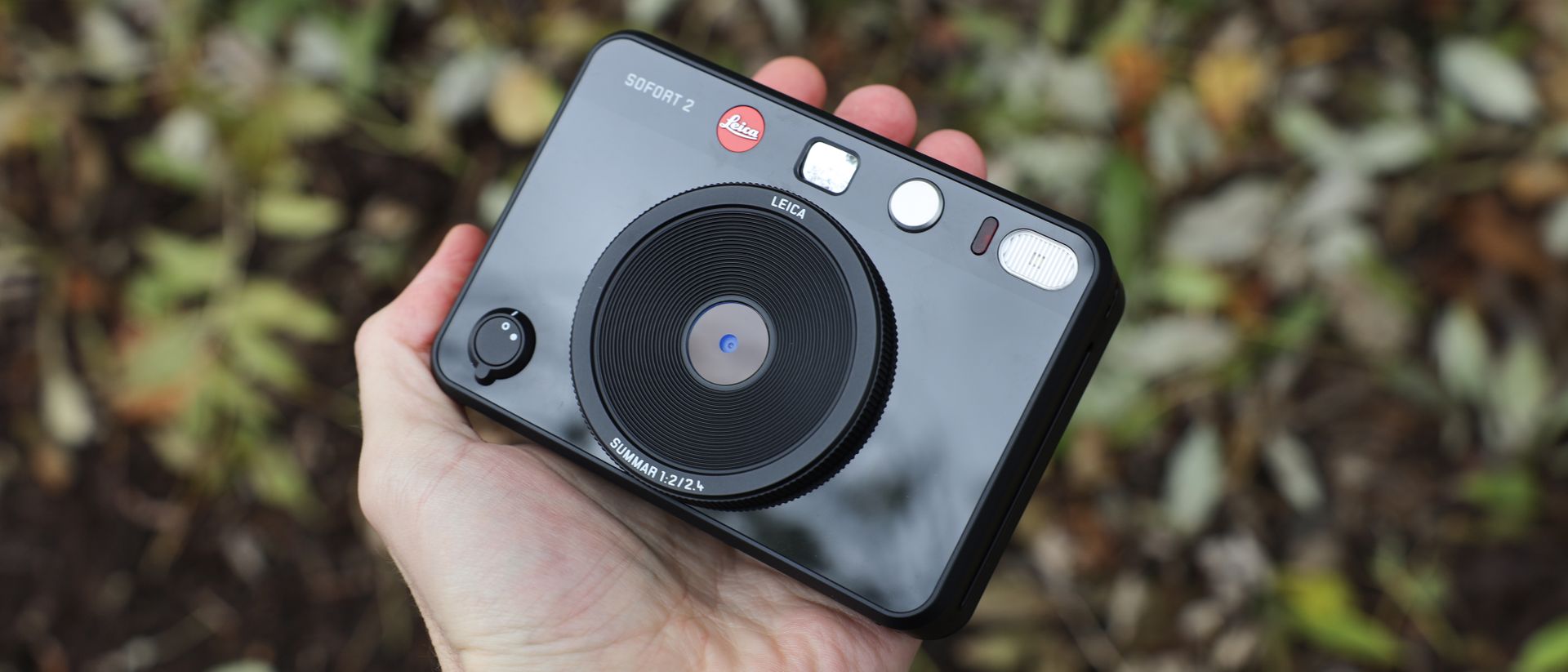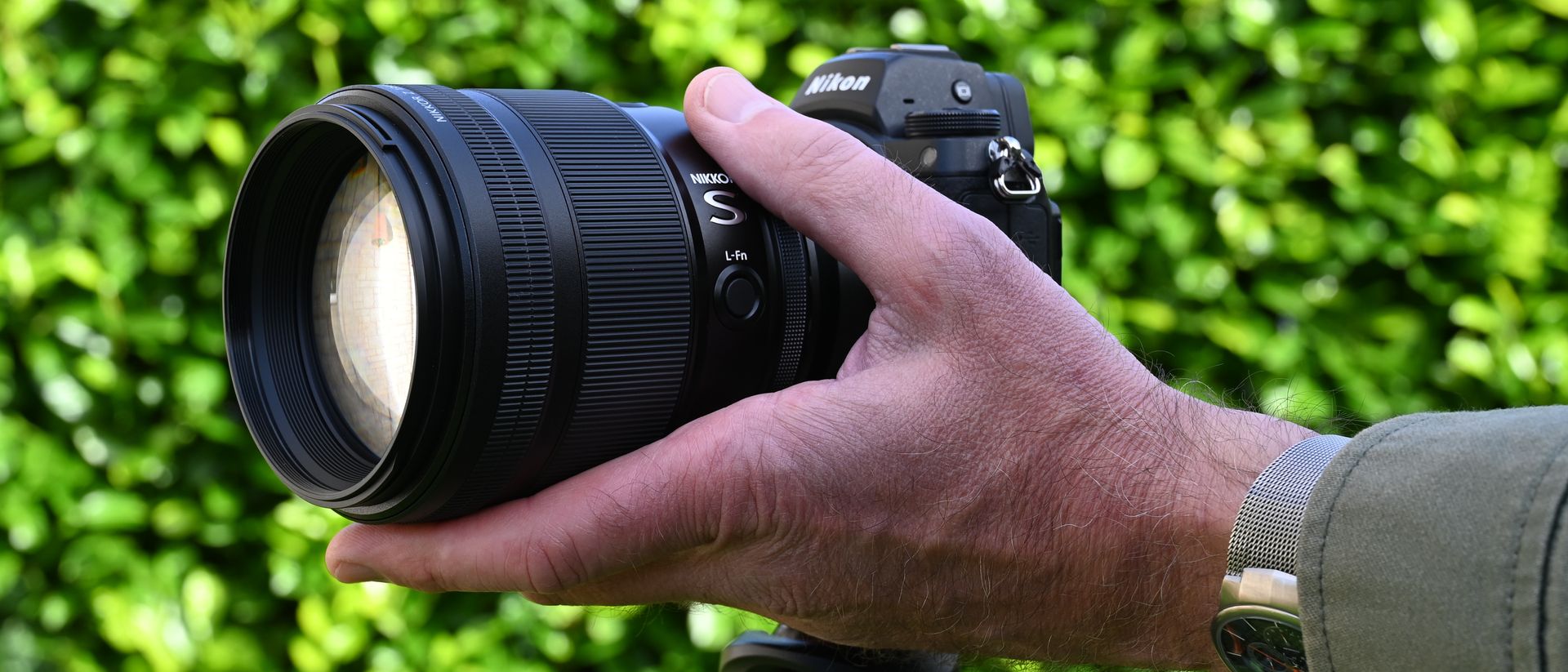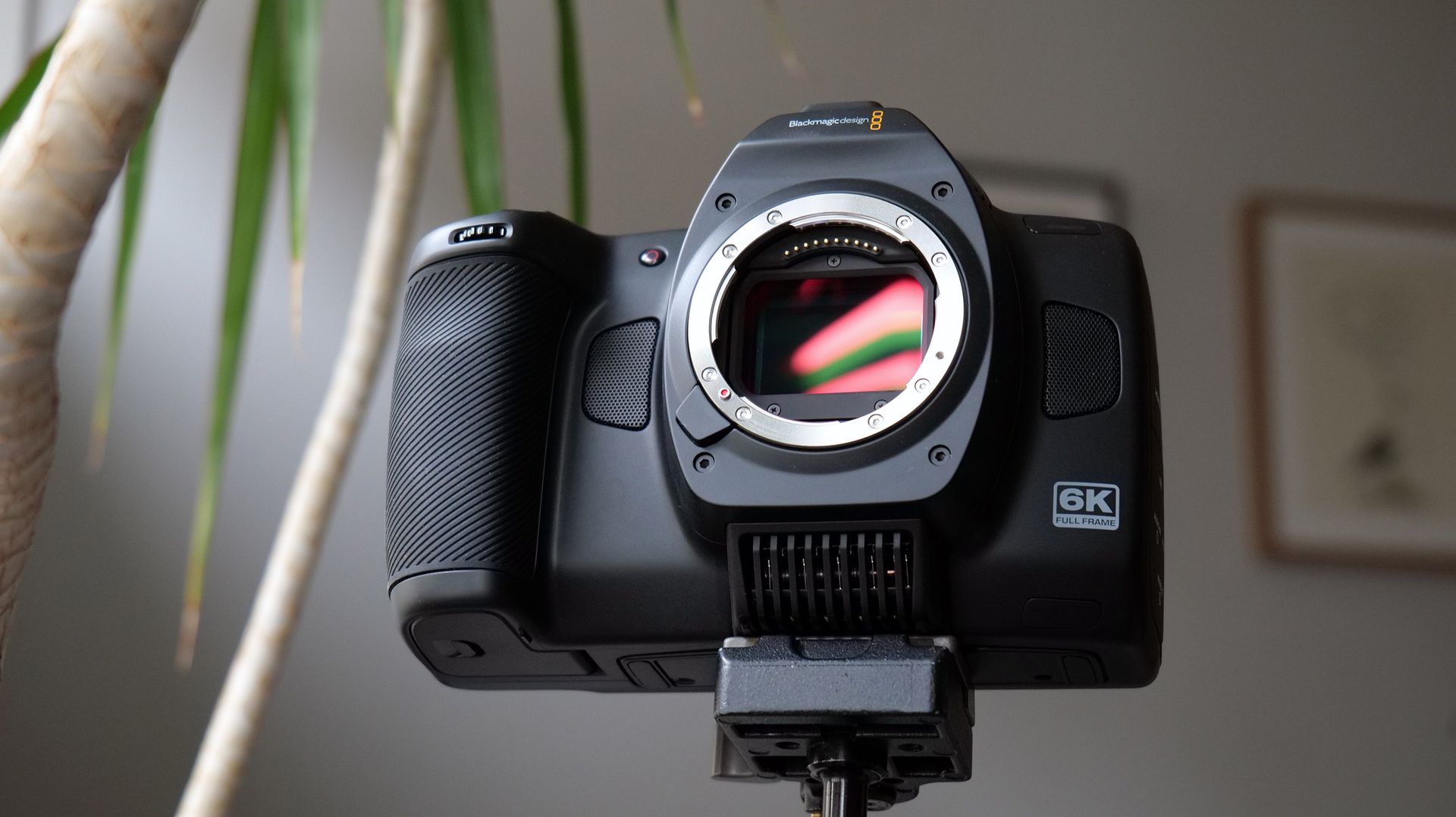Trade in Fujifilm X-H2S
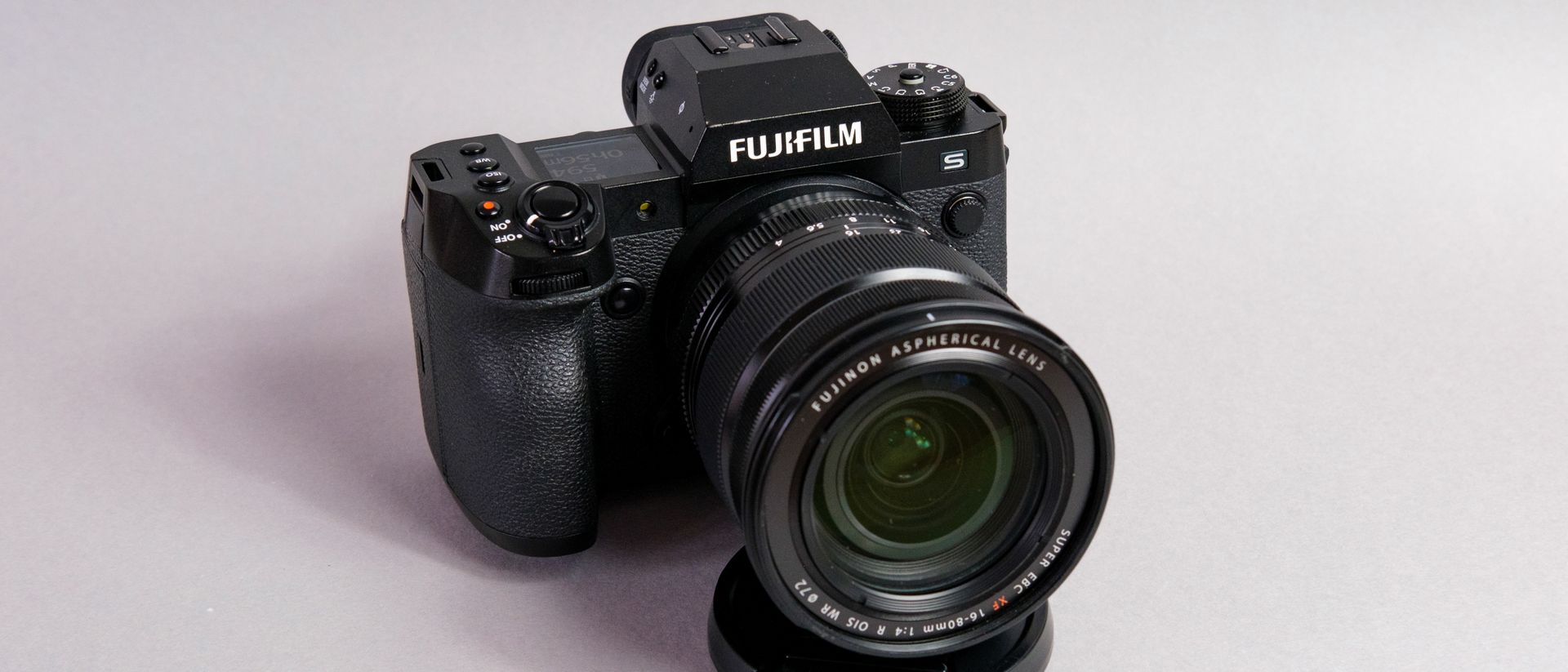
(Image credit: Peter Wolinski / Tom’s Guide)
The Fujifilm X-H2S, alongside its counterpart, the Fujifilm X-H2, holds the apex position in Fujifilm’s APS-C camera series, surpassing the enthusiast-oriented Fujifilm X-T5. While sharing many similarities, the X-H2 siblings cater to slightly different user preferences.
The X-H2 emphasizes resolution, equipped with a 40MP image sensor and capable of recording 8K/30p videos. Conversely, the X-H2S, the focus of this evaluation, prioritizes speed in still photography, boasting a 26MP sensor and an impressive 40fps shooting capability. Its highest video resolution remains commendable at 6K/30p.
Both cameras are powered by Fujifilm’s X-Processor 5, incorporating the company’s latest autofocus algorithms, and offer various features tailored to professional needs, including top panel settings displays and a CFExpress port.
In 2024, Fujifilm’s APS-C flagship continues to stand out as one of the premier mirrorless cameras. Its appeal is broader than ever before, making it a compelling choice for a wider audience. For a comprehensive understanding, delve into our detailed review of the Fujifilm X-H2S.
FUJIFILM X-H2S REVIEW: PRICE & AVAILABILITY
The Fujifilm X-H2S hit the market in July 2022 with a price tag of $2,499 / £2,499, which positioned it as a reasonably priced option for professionals but often beyond the budget of many enthusiasts. However, as of 2024, we’re witnessing a decline in prices to around $2,000 / £2,000 directly from Fujifilm. This revised price point could be highly appealing to enthusiasts, particularly wildlife photographers, who are willing to invest a bit more for enhanced features, especially if they are contemplating venturing into paid professional photography in the future. Moreover, it brings the X-H2S closer in price to the Panasonic Lumix G9 II ($1,899), a micro four thirds camera also tailored for high-speed professional tasks, and positions it competitively against the Canon EOS R6 Mark II — Canon’s semi-professional full-frame body priced at $2,499.
We are Tradelectronics, licensed second-hand electronics dealer located in Sydney CBD, experts in trading used laptops, old cameras & lens, and used mobile phones. Fast, Reliable & We Pay More! Get a free quote on your favourite WhatsApp, Facebook, SMS & Email, instant reply!
| Click icon for WhatsApp Quote | Click icon for facebook Quote |
 |
 |
- We are open from Mon – Sat 12pm – 7pm
- Get your free quote from WhatsApp and Messenger are highly recommended, we can guide you through in finding the accurate specs for your laptops, cameras & lens, mobile phones as well. As such we can provide a more precise quote for you.
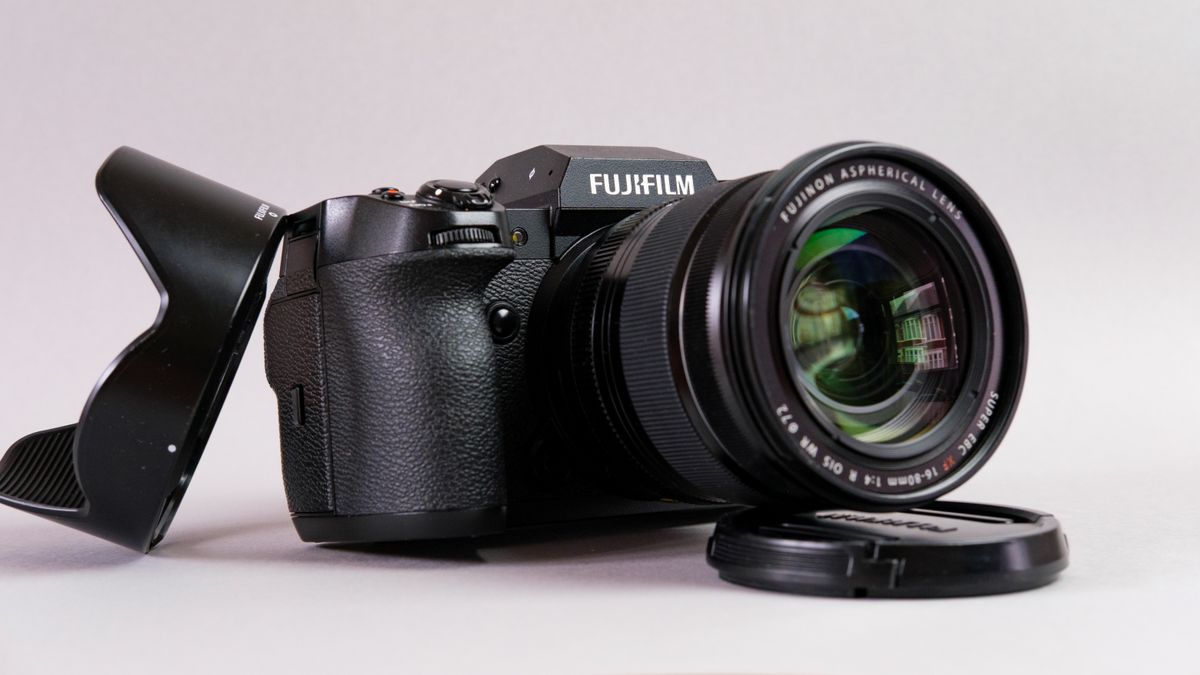
(Image credit: Peter Wolinski / Tom’s Guide)
If you’re not considering professional assignments in the near future, or if the Fujifilm X-H2S’s rapid 40fps shooting capability isn’t essential for your wildlife or sports photography needs, the Fujifilm X-T5 might be a more suitable option for most enthusiasts. This is because of its 40MP sensor and more affordable price tag of $1,699.
FUJIFILM X-H2S REVIEW: DESIGN & CONTROLS
Geared towards professionals, the X-H2S places functionality above aesthetics, as seen in its robust front grip, digital top panel display, and strategically positioned control dials. If you’re drawn to Fuji’s iconic retro style, however, the X-T5 would be a better fit.
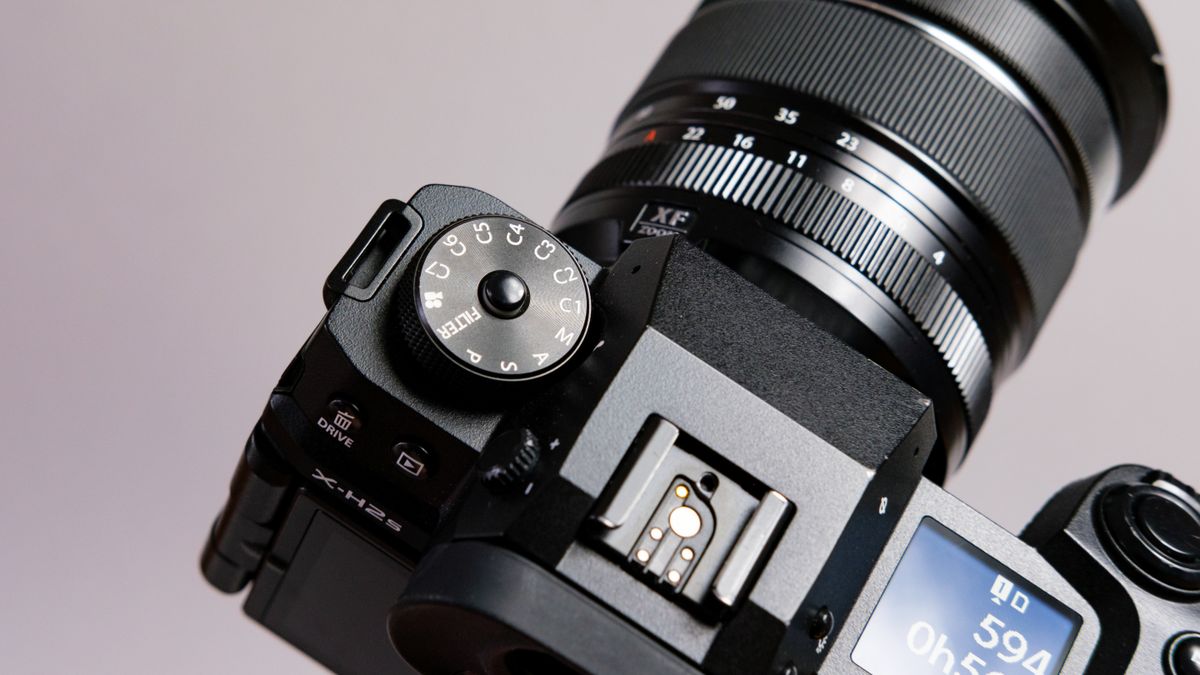
(Image credit: Peter Wolinski / Tom’s Guide)
All that functionality translates into a substantial camera, measuring 5.37 x 3.66 x 3.33 inches and weighing a substantial 1 lb 8 ounces. However, native APS-C lenses are generally much more compact compared to native full-frame lenses, and Fujifilm, in particular, offers some superb small APS-C primes.
The X-H2S is equipped with a vari-angle rear touch screen monitor boasting a modest 1.62M dot resolution. This is complemented by an exceptionally high-resolution 5.76M dot EVF. Additionally, there’s a top panel display for swiftly checking settings — particularly handy when the camera is mounted and you need to glance down at it.
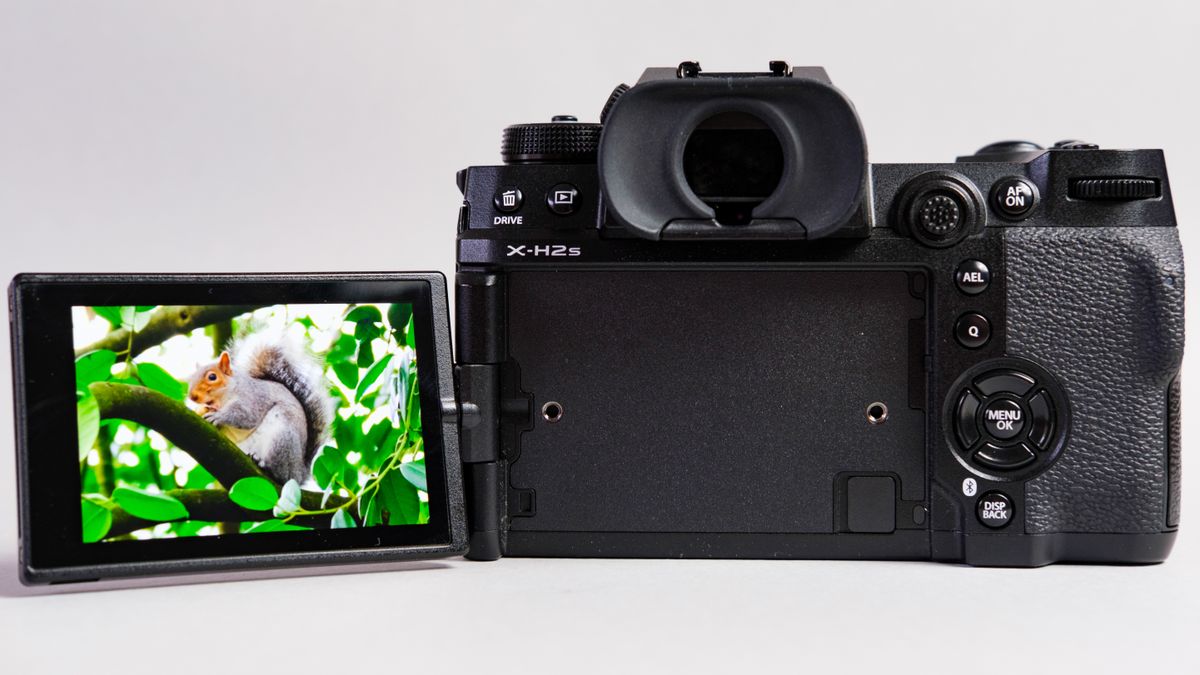
(Image credit: Peter Wolinski / Tom’s Guide)
The X-H2S offers abundant connectivity options including USB-C, headphone, and microphone ports, along with a full-size HDMI port. Naturally, it features dual card slots, with one being a CFExpress Type-B port to facilitate faster write speeds. Slot 2 accommodates a standard UHS-II SD/SDHC/SDXC card.
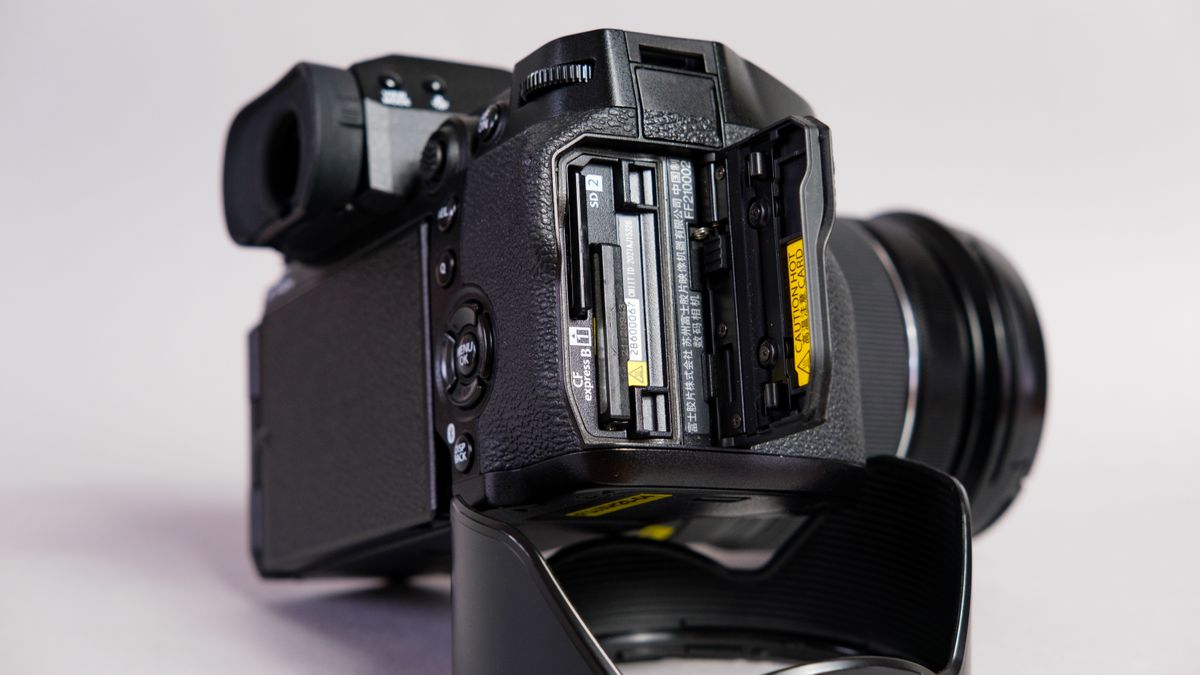
(Image credit: Peter Wolinski / Tom’s Guide)
The build quality of the X-H2S is exceptional, with no cheap-feeling materials, buttons, dials, or flaps in sight. Additionally, it boasts dust and moisture resistance, ensuring durability even in challenging conditions.
FUJIFILM X-H2S REVIEW: CONTROLS
The X-H2S offers a respectable array of on-camera controls. While it may have fewer remappable Fn buttons compared to rival professional bodies such as the Sony A7 IV, its touchscreen compensates with four mappable swipe gestures that serve a similar purpose.
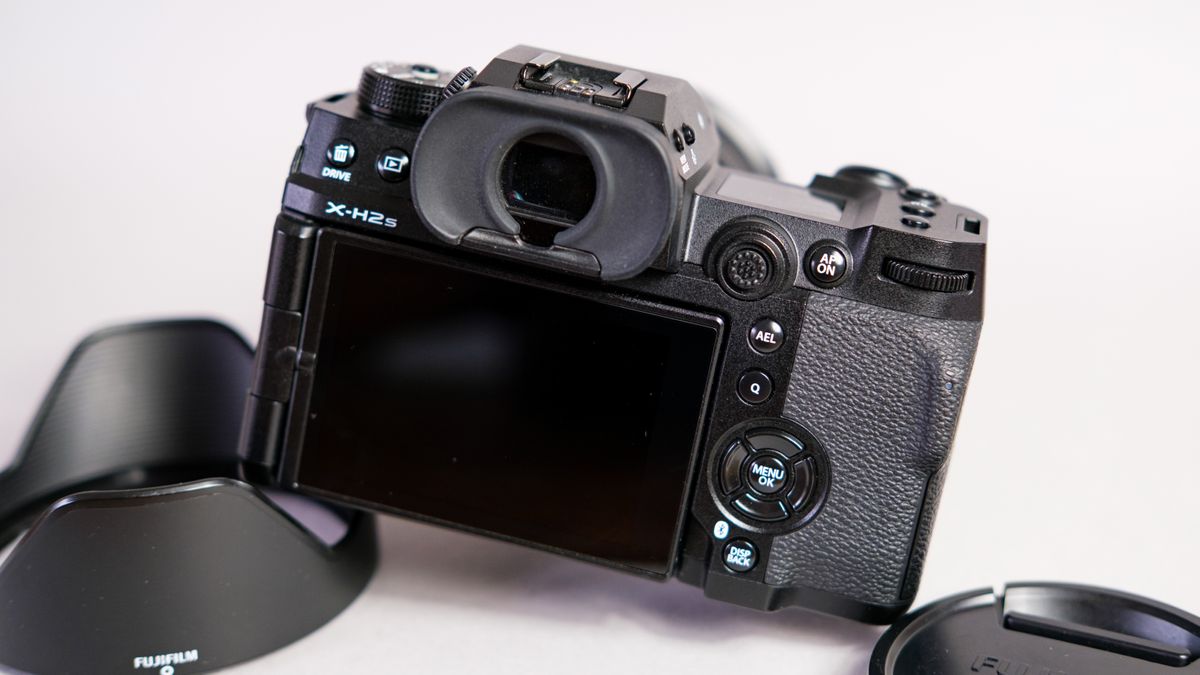
(Image credit: Peter Wolinski / Tom’s Guide)
For the most part, the buttons and dials on the X-H2S are sensibly positioned and easily accessible during shooting, enhancing the overall user experience. However, there are a couple of exceptions: the Fn button on the top panel is awkwardly placed, and the focus joystick can be cumbersome if you shoot with your left eye to the viewfinder. Additionally, adjusting the focus area size can be fiddly since you must first change the focus position before altering the size.
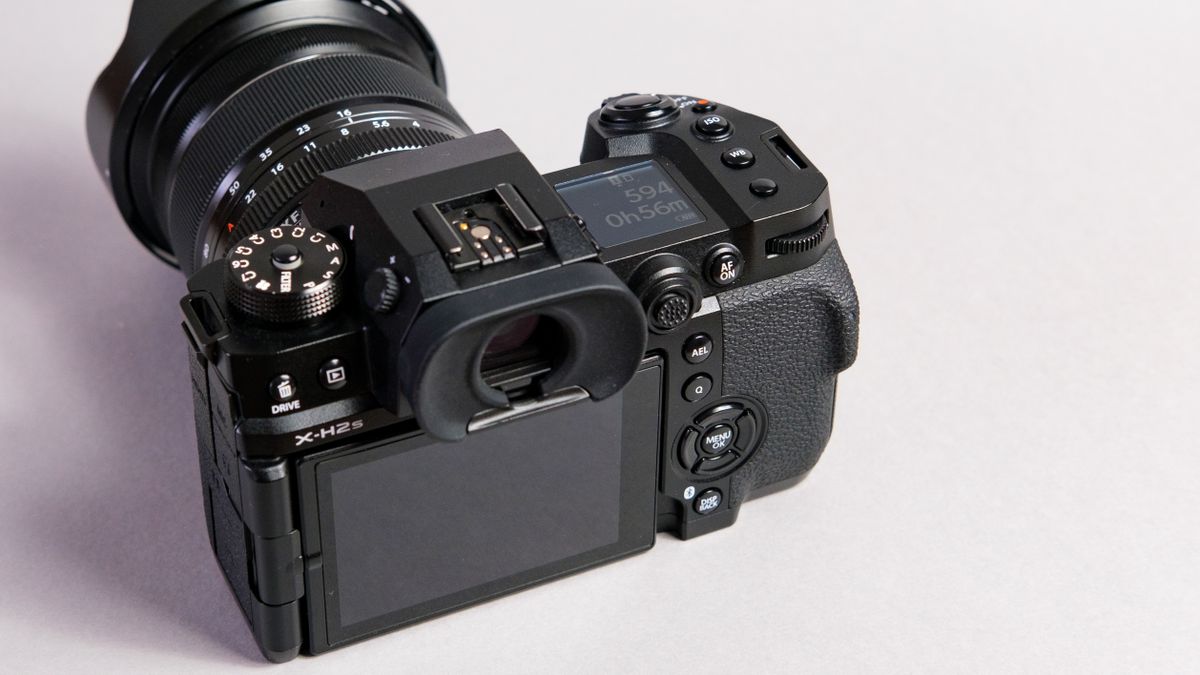
(Image credit: Peter Wolinski / Tom’s Guide)
The primary mode dial of the X-H2S boasts an impressive 7 customizable memory presets, enabling users to pre-program a diverse array of settings tailored to various shooting scenarios.
FUJIFILM X-H2S REVIEW: AUTOFOCUS PERFORMANCE
In 2024, the Fujifilm X-H2S is equipped with the X-Processor 5, which remains Fuji’s most advanced image processor. It boasts cutting-edge autofocusing technology, operating effectively down to EV-7.0. The camera offers detection modes for various subjects including human faces and eyes, animals, birds, cars, motorcycles, trains, and planes. The human face and eye detection capabilities are particularly impressive, consistently detecting and tracking faces and eyes across the frame with high reliability.
In an attempt to evaluate its high-speed tracking capabilities, I put the X-H2S to the test with a remarkably fast whippet, as showcased in the gallery above. The results were outstanding — the X-H2S excelled, with approximately half of the approximately 400 burst shots captured in acceptable or sharp focus. This performance surpasses any other camera I’ve tested in similar conditions.

(Image credit: Peter Wolinski / Tom’s Guide)
I also conducted tests with the X-H2S on smaller wildlife in my nearby park. When the squirrels remained stationary or moved slowly, the camera performed admirably, swiftly detecting their bodies and eyes, even under challenging backlit lighting conditions. However, it encountered some difficulty with faster-moving smaller animals, leading to a decreased hit rate of shots in acceptable focus.
FUJIFILM X-H2S REVIEW: IMAGE PERFORMANCE
The X-H2S utilizes Fuji’s 26MP X-Trans CMOS 5 sensor, which produces stunning images with sufficient resolution for moderate cropping. However, the 40MP X-H2 offers even greater post-crop image quality and is better suited for large format printing.
Colors are rendered beautifully and naturally in Provia (Standard), although Fuji provides a range of film simulation profiles for those inclined to get creative in-camera. The images below showcase Velvia (first), Classic Chrome (second), and Acros (third).
The standout feature of the X-H2S is its impressive drive rate: up to a remarkable 40fps using the electronic shutter. At this speed, the buffer fills after capturing a generous 170 compressed RAW or 184 JPEG files. While 40fps falls short of the Lumix G9 II’s 75fps shooting rate, it remains fast enough for most sports and wildlife photographers, without compromising on sensor size.
Another significant advantage of the X-H2S is its CFExpress port, which minimizes writing downtime between bursts (provided the camera is instructed to stop dual writing to the SD slot). This is a notable advantage over the G9 II, which only features SD slots.
The X-H2S is equipped with a 7-stop IBIS system, which performs admirably. The first image in the gallery below was captured handheld using a 1-second shutter speed, with no noticeable blurring from camera shake.
In the second image, the shadows were lifted. Despite a wide dynamic range captured by the camera, revealing decent detail in darker shadows of the foreground and sky, boosted shadows unveil some noise in darker areas. While the noise isn’t disruptive, it can be distracting even at standard viewing sizes. This shot was taken at ISO 1,250, so it’s not considered high sensitivity.
On the other end of the spectrum, bright highlights on the clock face were retained, with some being slightly clipped but recoverable in post-processing.
The images in the gallery above depict the same photo taken at ISO 12,800. The first image is a JPEG export of the original RAW file with only the in-camera color profile applied. Although image noise is noticeable in the sky, it’s not severe and certainly not as pronounced as ISO 12,800 shots on a micro four thirds camera like the G9 II. The second photo is the out-of-camera JPEG, demonstrating effective noise suppression by the camera, slightly reducing sharpness but not to a detrimental degree. Again, the difference is striking compared to ISO 12,800 shots on the Lumix G9 II.
FUJIFILM X-H2S REVIEW: VIDEO PERFORMANCE
With its faster drive rate and lower maximum video resolution compared to the X-H2, the X-H2S leans slightly more towards photography. However, it still boasts impressive video capabilities. The X-H2S captures internal 6K/30p footage in 4:2:2 10-bit color, including Apple ProRes, courtesy of its CFExpress Type B slot.
For video, the X-H2S records in 4K/60p, and up to 120p for high-resolution slow-motion footage. It also features the latest Fujifilm FLog 2, offering up to 14 stops of dynamic range, along with options for ALL-I or LongGOP compression, and a range of bitrates for adjusting quality based on storage or workflow needs.
Thanks to its BSI stacked sensor, the X-H2S ensures ultra-fast readout times to minimize rolling shutter effects. Additionally, its 7 stops of image stabilization prove invaluable for handheld shooting and panning, effectively reducing camera shake.
FUJIFILM X-H2S REVIEW: BATTERY LIFE & OVERHEATING
The Fujifilm X-H2S is equipped with Fuji’s impressive NP-W235 battery, boasting a rating of 720 shots per charge. This is commendable, especially considering the power consumption of the high-resolution 5.76M dot EVF. With this battery, you can comfortably shoot for a full day, although it’s advisable to carry a spare for particularly demanding shoots.
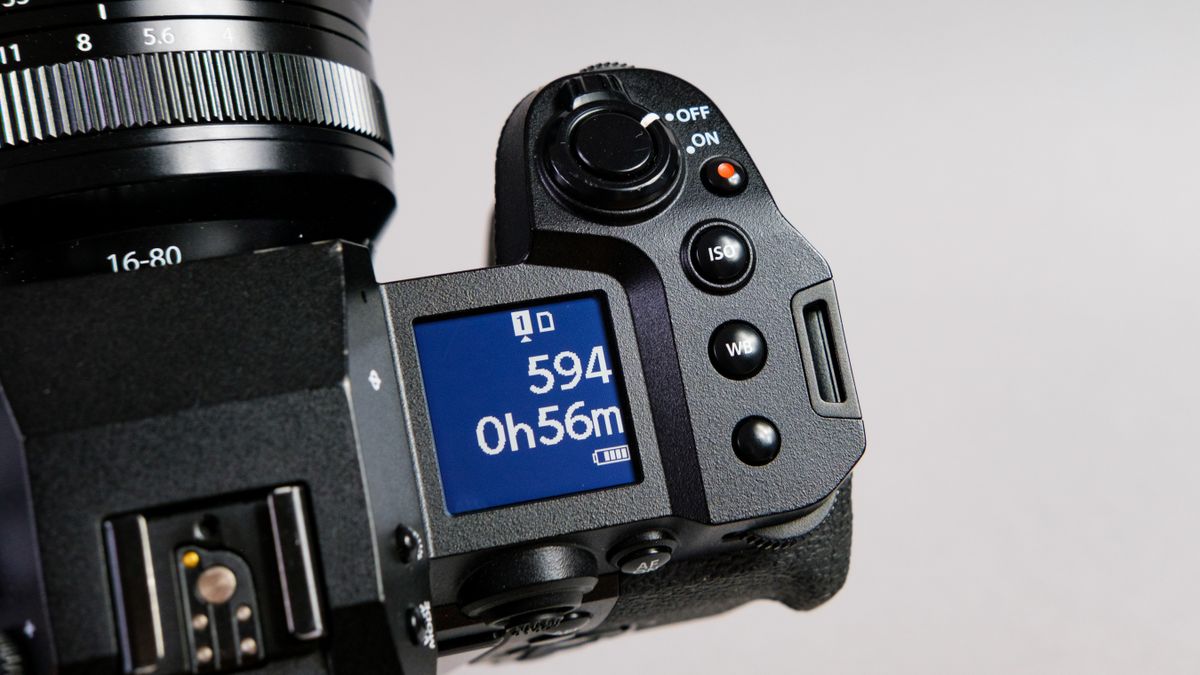
(Image credit: Peter Wolinski / Tom’s Guide)
Fujifilm advertises 240 minutes of continuous shooting at 4K/60p with the X-H2S when using the external battery grip, effectively providing three batteries in total. This extended shooting capability is made possible by the camera’s heat dissipating structural design and internal fan.
However, in our own test of continuous shooting at 4K/60p, the camera managed just over 80 minutes of footage from a single battery before shutting down. Despite operating with the temperature cutoff and fan at maximum, the camera didn’t overheat but became extremely warm to the touch and emitted a smell of hot electronics. When set to its lower default fan and cutoff modes, the X-H2S overheated after 40 minutes.
While neither result is particularly poor, there is skepticism regarding Fujifilm’s claim of 240 minutes of continuous recording outside of controlled lab conditions.
FUJIFILM X-H2S REVIEW: VERDICT
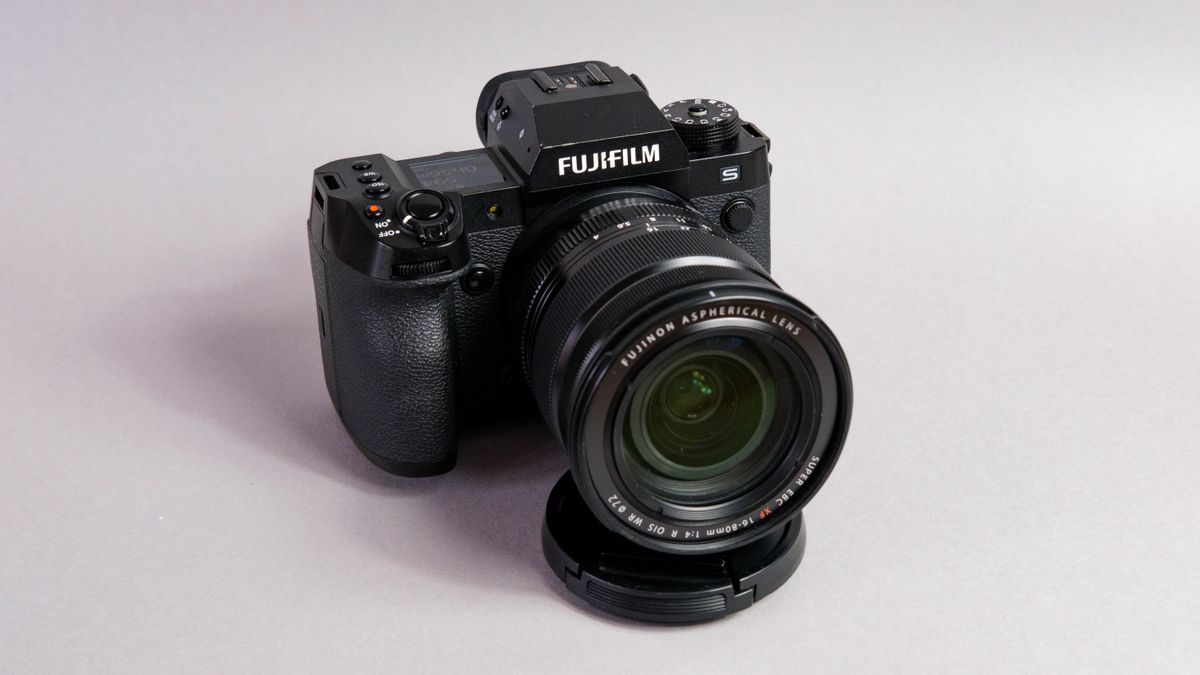
(Image credit: Peter Wolinski / Tom’s Guide)
The Fuji X-H2S stands as the epitome of APS-C cameras. Well, one of the two, actually — your choice between the two depends on your specific requirements. Its counterpart, the X-H2, reigns as the ultimate APS-C camera for capturing slower-paced, high-resolution footage, owing to its 40MP sensor and 8K video recording capabilities. On the other hand, the X-H2S claims the title of the ultimate APS-C camera for high-speed photography, courtesy of its remarkable 40fps drive, minimal image writing downtime, and exceptional autofocusing capabilities.
But don’t underestimate its prowess in videography; the X-H2S boasts powerful specs like internal 6K ProRes recording. Moreover, it inherits the hallmark benefits of all modern Fuji mirrorless cameras: striking aesthetics, impeccable build quality, and stunning image output. Being an APS-C camera, it also enjoys the advantage of smaller and more affordable lenses compared to full-frame sports and wildlife cameras. Therefore, if you have $2,500 and seek the finest APS-C camera tailored for fast shooting, there’s no camera I’d recommend more than the Fuji X-H2S.
Source: Tom’s Guide

